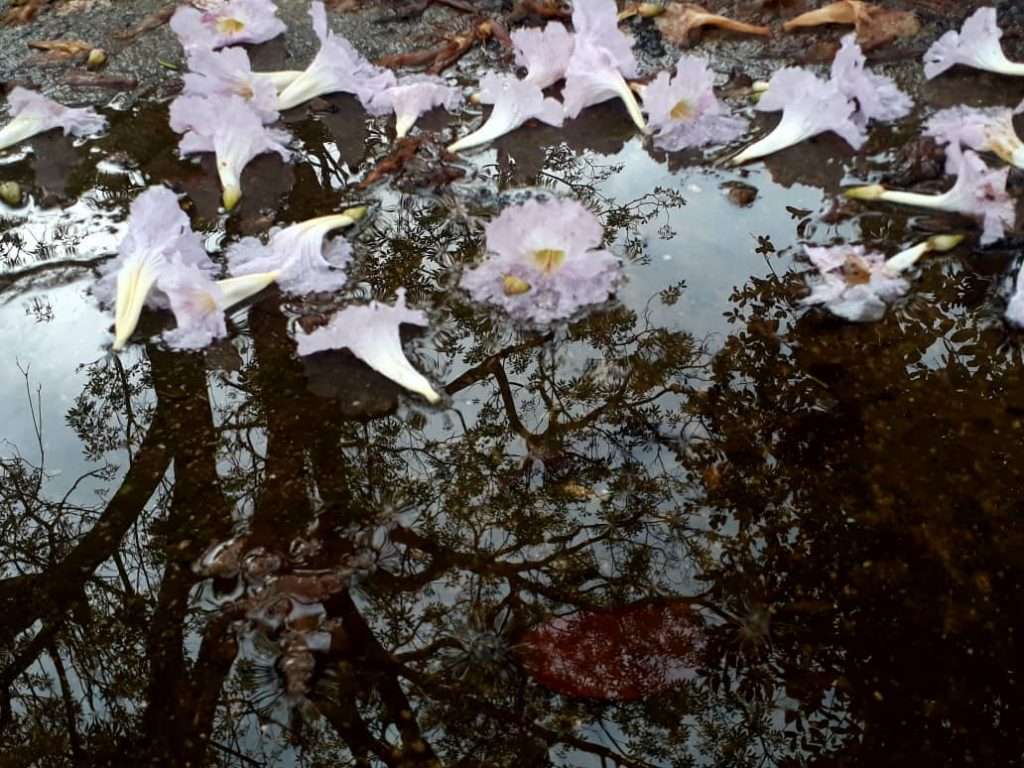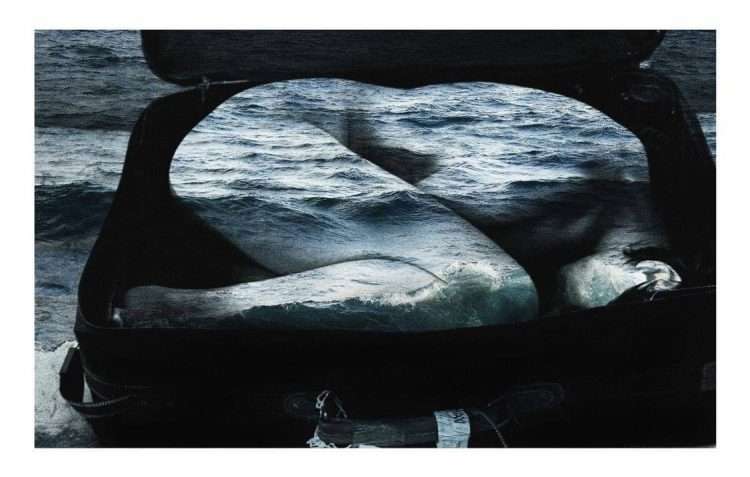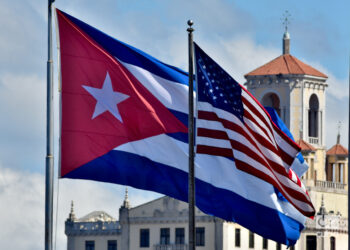She was born in Moscow in 1969 and is part of the prestigious artistic binomial Liudmila & Nelson, which has successfully exhibited their photographic-based works in Cuba, the United States, Canada, Colombia and Ecuador. For some time now, she decided to experiment “at her own risk” in a set of thematic essays that explore her essential being as a woman, mother and active element in the complex network we call nature.
Hers is an intimate, quiet, introspective work: sensitive. Here she shows us that other edge of her work. This is how it is told, she tells us:
I began to feel fascination for this art from my early childhood. It was love at first sight. I remember well my parents’ cameras, with which they took my first photographs, stored in their leather cases. From a very young age, I sensed that taking photos was something transcendental, almost an irreverent action, an instant that would remain safe from the inevitable passage of time and oblivion. I loved looking at family albums, people, places, objects and landscapes from other times. Then, when I was a teenager, they bought me my first camera. I felt fulfilled. I dreamed that I would be a great photographer and reporter for National Geographic or some other prestigious magazine, documenting important events or political and social conflicts; maybe I would do street and nature photography in some distant place, among wild animals. I had the walls of my room covered with photos cut out of magazines, so I could expand the limits of my own life and travel through the images.
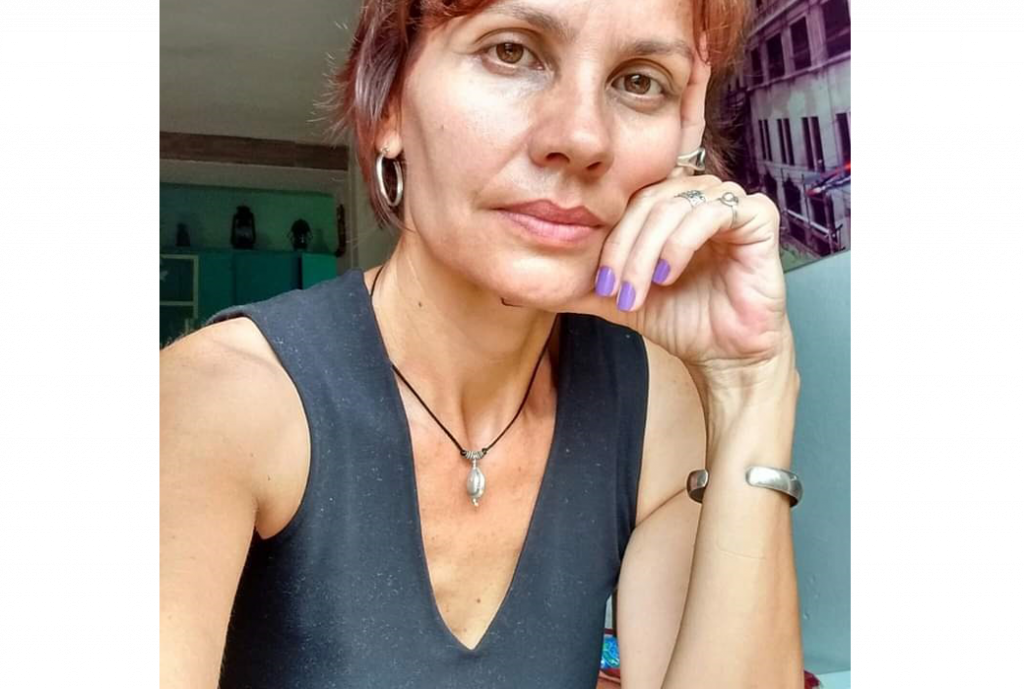
Years later I was linked to the Fayad Jamís gallery in Alamar. There I made my first personal exhibition, Silencios, in 1995, a year after the exodus of the rafters, with the collaboration of he who was my partner in life and in art. A very hard, critical, unforgettable time. Photos of paper boats everywhere, indoors and outdoors, and also on my own body, exposed as installations, as if they were underwater. I shared the gallery space with another photographer and friend, Chilean Gonzalo Vidal, whose images documented such dramatic events. They were two views on the same issue of emigration. That small and fragile paper object that represented the emigration of the rafters, in turn meant the loss of innocence and illusion.
My own personal story is that of an immigrant who came to live on this island, coincidentally, on a boat. A paradox. I was born to a Russian mother and a Cuban father in the former Soviet Union. I came to live in Cuba definitively at the age of 7, after many comings and goings, on a long journey, after my parents finished their studies in Moscow. That long journey deeply marked my life and my work as an artist. Only sky and water, an infinite horizon and sometimes some dolphins. The first time I saw land again was impressive, the night we arrived in the Bay of Havana, after weeks of sailing. Seeing the boardwalk for the first time, from the sea, was an unforgettable spectacle. I still remember the deafening sound of the ship’s siren announcing its entry into this city where I have lived and worked ever since. For me it was being the discoverer of a new world.
In that first exhibition I found a way to interweave a collective event with my own experience, a relationship that I have maintained in most of my work. Since I was a child, I have known uprooting, family separation, the pain of saying goodbye to loved ones, adapting to a new culture, language, customs. Reflection of the history of this country, stories of emigration and painful separation.
Since Silencios, and for many years, I have worked with another artist, Nelson Ramírez de Arellano (Berlin, 1969). We have developed an extensive photographic and installation work, such as Proyecto 384, the Absolut Revolution and Hotel Habana series, among many others, which reflect, with an ironic, conceptual and provocative look, on social, political and cultural issues. I feel enormous pride and gratitude for everything we do together.
At the same time, I have been working individually, more intimately and symbolically, exploring through the image and the creative process itself aspects of my existence, motherhood, my relationship with the geographical and social space, loneliness and the deep feeling of nostalgia that I always carry with me. Creating solo has been somewhat difficult and challenging, due to the solidity and importance of the work carried out as a duo, recognized inside and outside the country. Our work together is maintained despite the separation. Many pieces may be in process.
The influences received are many. I am thinking of contemporary Cuban artists, such as Ana Mendieta, Marta María Pérez Bravo, René Peña, José Manuel Fors, among others; perhaps in the use of a frontal, centered composition, in the way of constructing the images, formally and conceptually. Many other artists who have made use of this medium to express themselves come to mind. I think of the surrealists, or conceptual art. I am a fan of Andrei Tarkovsky’s films, and surely his art has influenced me in some way as well. I think the influences come from art in general, from cinema, from literature. Not only the visual references, but also the books we read and the music we listen to, develop a sensitivity that is later expressed. I’m self-taught. I would have loved to study photography, to better master the technical aspects, which are so important, but it did not happen because of things in life. It was my compulsion and my need to create and make art that led me down this path.
The passion for taking photos is one of the things that motivates and stimulates me the most in life. I think it is one of the most incredible inventions of mankind. I try to be as authentic as possible in this creative and introspective process. I always seek to express myself from my essence.

One of the series that I enjoy the most is Fantasmagoría. In natural environments, in elements such as tree trunks, grass, flowers, puddles, I seek to integrate my own shadow with the natural background, to obtain an image in which my ghostly silhouette blends with the environment, its same colors, textures and shapes. I am just a passing presence. The creation process itself takes me to an inner dimension, which I then try to see reflected in the aesthetic result, with a strong and powerful visuality. I connect with my own transient nature in a world that is both eternal and constantly changing. We are part of everything, of light and shadow, of what changes and remains, the ephemeral and the eternal.

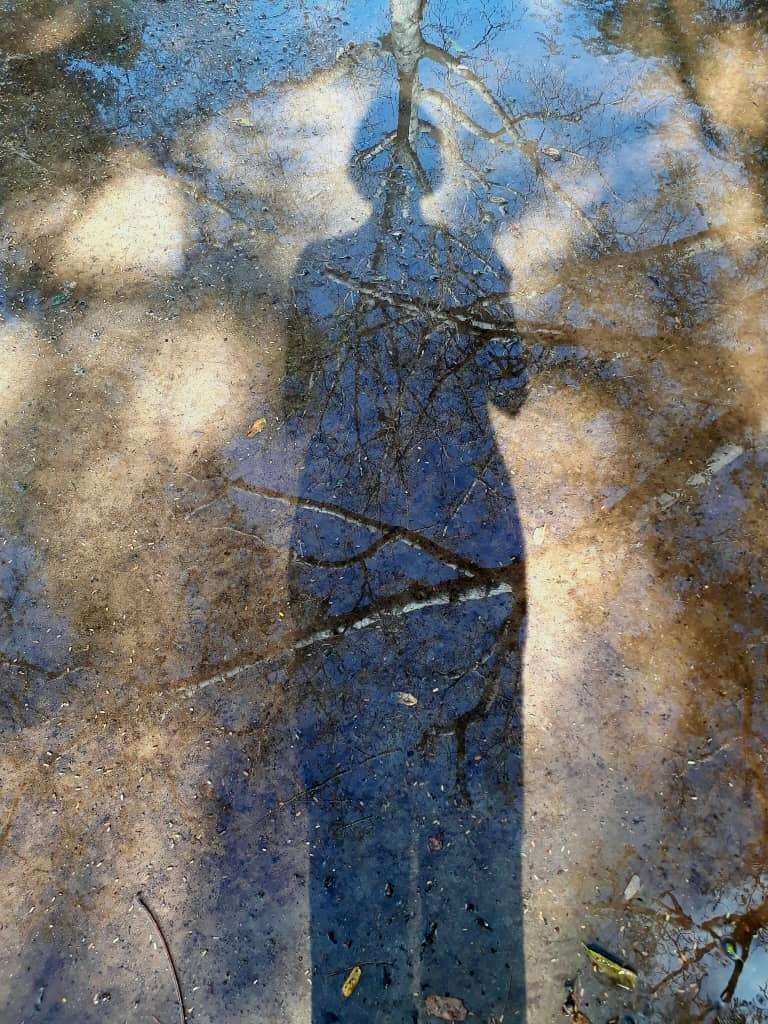
Mi autorretrato y yo is a series in which, through a mannequin that I found abandoned on the street, I build images by placing objects on it, working on lighting, composition, seeking to convey a psychological state with a strong symbolic and emotional charge. In the process of constructing each photo, I try to represent myself based on my subjectivity in a contemplative and conscious way, observing the creative act, seeking to connect and identify myself with others through common emotions and meanings.



Becoming a mother totally changed my life. My daughter became the center of my universe and my inseparable companion. I have recorded every moment of her life from when she was born until today. The arrival of digital photography allowed me to make thousands of records of her growth and transformation, which I find fascinating and beautiful, of great sentimental value for both of us.

Adolescencia is a series of photos of that important and delicate stage of life, of changes and self-discovery, which coincided with the pandemic, confinement and the few moments that we would go out. Indoor and outdoor photos, poetic moments of light and shadow, which I tried to capture in the most spontaneous way possible, so as not to detract from their freshness and naturalness. When taking the photos, I thought of the butterflies when they emerge from the chrysalis into the light, of the fireflies, with their powerful inner glow, of the desire to spread their wings and fly.
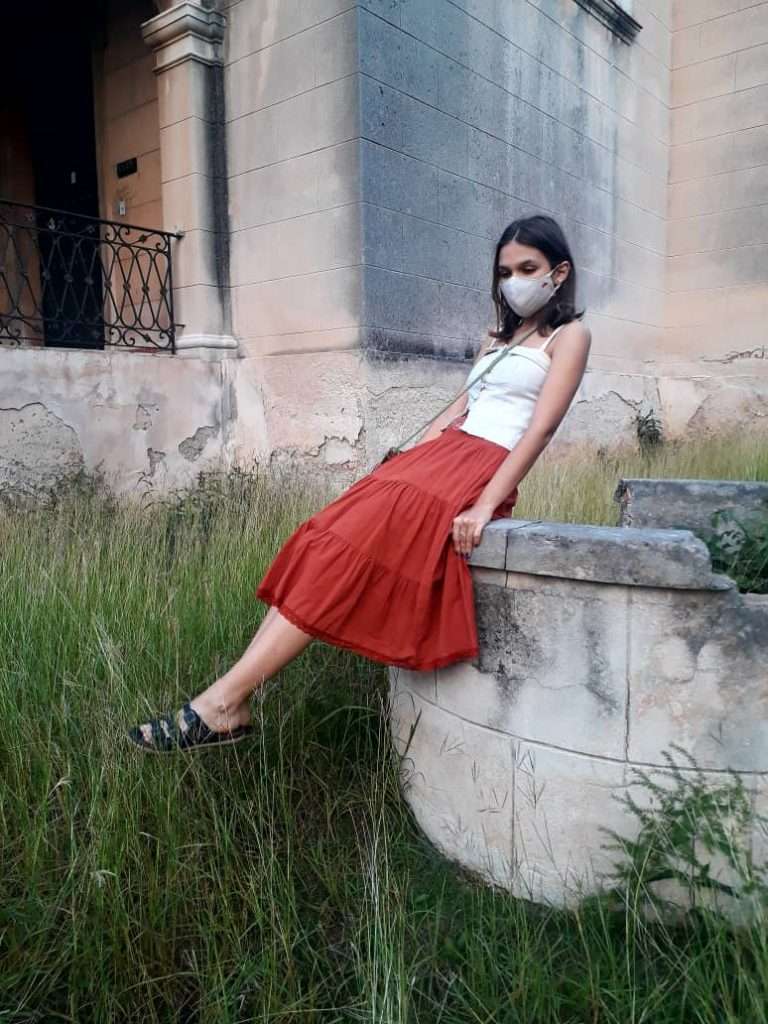

Being in the natural environment allows me to get away for a while from the problems of everyday life that hit us all so hard. I love trees, their imposing presence, the absolute beauty of their forms. In the midst of the harsh situation we are experiencing, of deep crisis at all levels, in an increasingly vitiated and hostile reality, taking refuge in the contemplation of nature, admiring its infinite and intricate magnificence, gives me peace, inspiration, balance, silence, strength and a feeling of freedom, connecting with my center and from there with everything else. I am attentive, knowing that anywhere something beautiful and unique, interesting or suggestive, apparently insignificant and everyday can appear to rescue from oblivion, such as a cloud, a flower, some old shoes, a puddle, an empty bench or a cat; to be photographed and shared with others.

